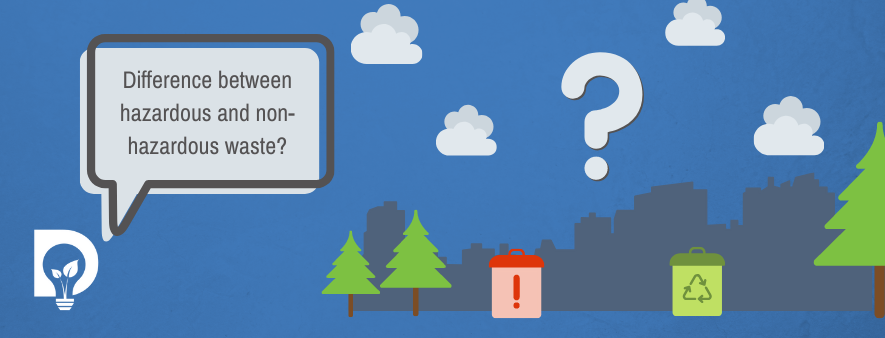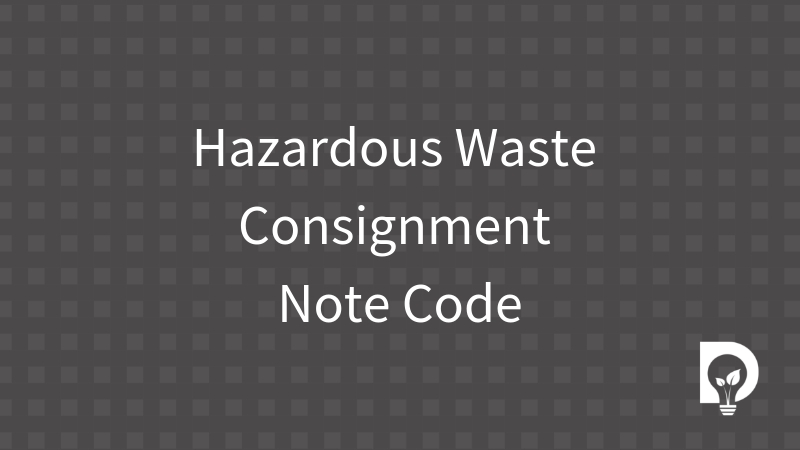
Hazardous waste or non-hazardous waste that is the question. It can be confusing as a waste producer to decide whether what you are throwing away is hazardous or not, particularly when there are legal obligations surrounding waste storage and disposal. All waste is regulated but different actions are required depending on the type and material. As a responsible citizen it is important to be able to define the difference between these two types of wastes to ensure storage and disposal requirements are met and undue damage is not done to other people or the environment.
What is the difference between hazardous and non-hazardous waste?
Hazardous wastes, or special waste in Scotland, are materials that “contains substances or have properties that might make it harmful to human health or the environment”. Hazardous waste has more stringent legal requirements, including storage and disposal as well as necessary record-keeping. For hazardous waste transfer, producers must complete a consignment note and keep these on file for a minimum of three years.
Non-hazardous waste is any waste that does not cause harm to people or the environment, and regulations for disposal of non-hazardous waste are less strict. For non-hazardous waste transfer, a waste transfer note must be filled out and kept on record. In its simplest form, non-hazardous waste is any waste that cannot be classified as hazardous.
Non-hazardous waste specifics
Non-hazardous waste includes any rubbish or recycling that causes no harm to human or environmental health. This can be from business or household producers. This can include general household waste like food or bathroom rubbish and recycling, and business wastes including any that come from industrial or agricultural sources. Waste can be offensive but not hazardous. This can include healthcare waste that is soiled but poses no threat to human or environmental health.
Hazardous waste specifics
Hazardous wastes must be classified correctly. New hazardous wastes get added to the Hazardous Waste List in the EWC, and producers need to be sure that materials have a consignment note filled out as necessary. Consignment notes detail the transfer of hazardous waste from one person to another. Hazardous waste can be produced from companies and worksites as well as households.
Household hazardous wastes can include anything corrosive, chemical-based, pesticides among others. It is important for households to be sure these are stored and disposed of properly, most frequently bringing them to a local Waste Recycling Centre. Examples of household hazardous wastes can include batteries and car batteries, televisions and computer monitors, electrical equipment (also known as WEEE waste as covered in the EU WEEE directive), and automotive oils among others.
Business hazardous wastes must be properly stored and disposed of as well, and Consignment Note records must be kept for at least three years. This waste can come from different sources, including construction or demolitions, industrial, and agricultural sources, as well as others (https://www.gov.uk/managing-your-waste-an-overview). Hazardous wastes from business can include pesticides, needles and syringes, unused medicines, materials containing asbestos, treated wood and bituminous coal tar products, chemicals and others (as detailed by CIWM). As this waste is typically in larger quantities than household, it is particularly important to ensure all requirements are strictly adhered to.


